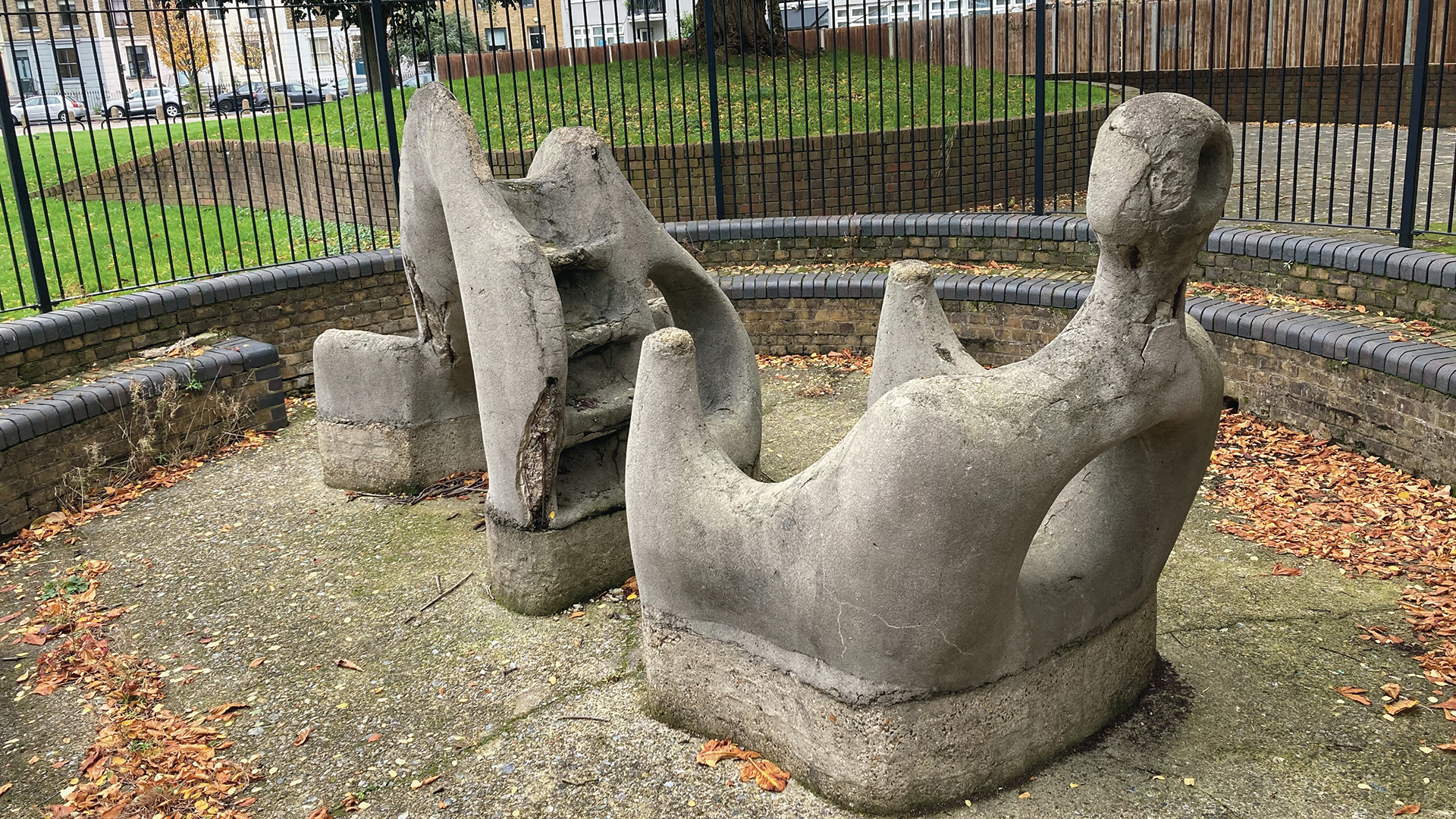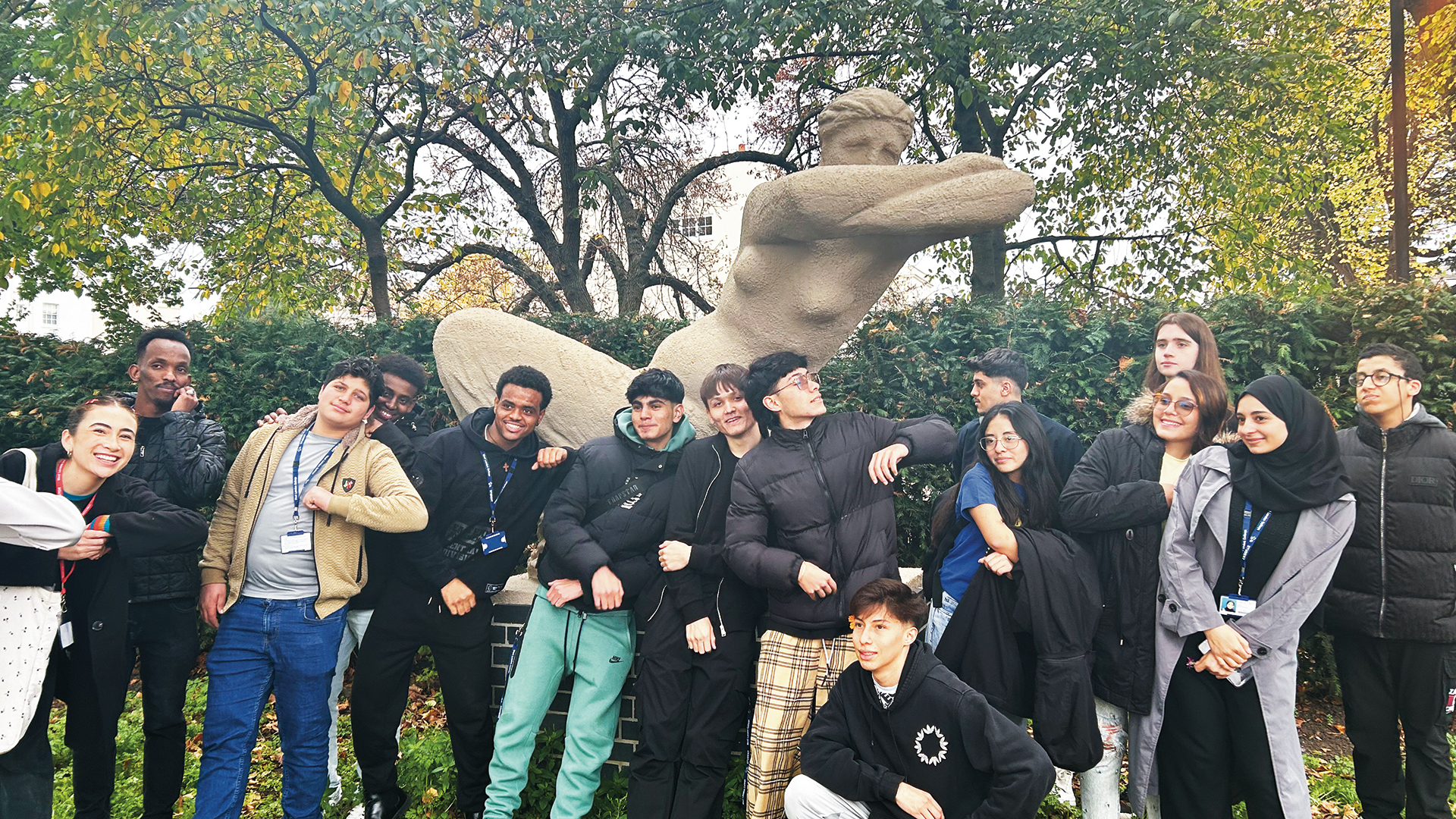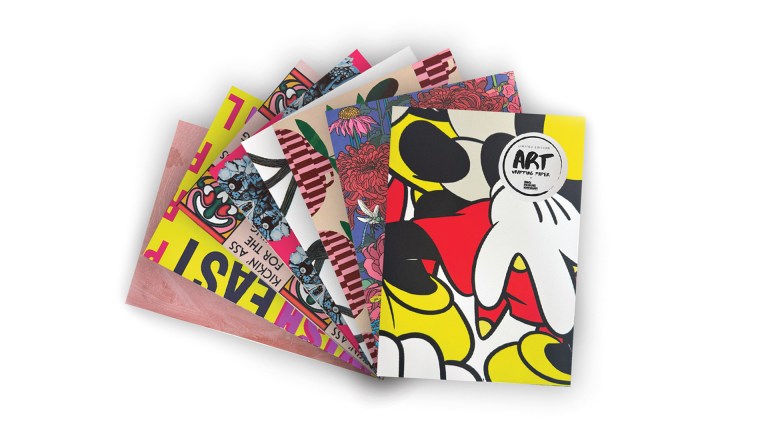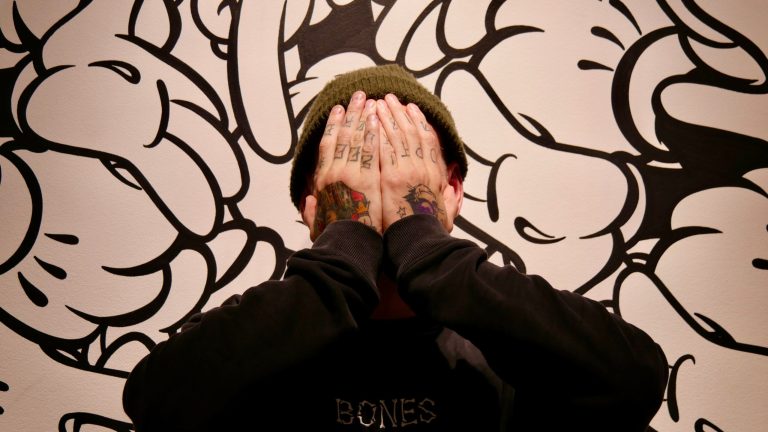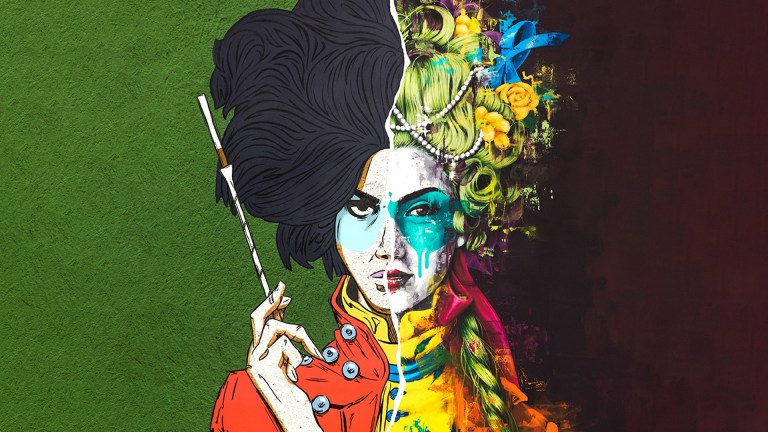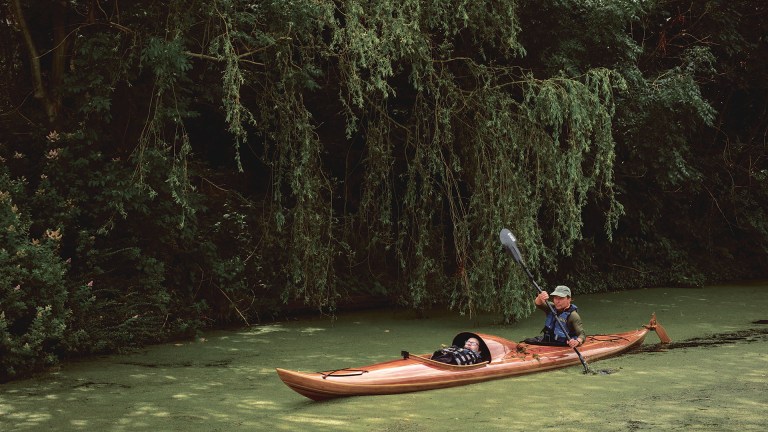When you think of public art, it might be Banksy, the Fourth Plinth or Boudicca outside parliament. Or Angel of the North and Brick Train in Darlington. Maybe the recent Slipstream, greeting you as you arrive in Heathrow Terminal 2. But last summer our charity, Heritage of London Trust, restored a fabulous 1950s statue in Hammersmith and began looking into public art all over London. There appears to be a peppering of public spaces with sculpture. Who is it for and why is it there? Who is deciding and why is there quite so much in Park Lane…?
Last year marked 60 years since the most ambitious government sponsored art scheme of any city in the UK – the London County Council’s (LCC) Patronage of the Arts scheme. From 1956 to 1964 the LCC commissioned more than 70 artworks for public spaces across the capital. Most survive, though they are barely known. They were part of the LCC’s social mission to bring London’s communities together after the trauma of the Second World War, create attractive public spaces around housing estates and schools and inspire young Londoners with civic ideals.
Get the latest news and insight into how the Big Issue magazine is made by signing up for the Inside Big Issue newsletter
The artworks had wholesome themes of family, work, children, play and sport. They were often designed to be played on, interacted with, engaging for children as well as adults, and they formed centrepieces of the newly designed estates in the city. Artists commissioned were the great and famous – Henry Moore – but also lesser-known refugees: Karel Vogel and Franta Belsky from Czechoslovakia, German-born Heinz Henghes, Austrian Georg Ehrlich. Many experimented with sculptures in concrete and fibreglass as well as bronze. Over half of their works still survive.
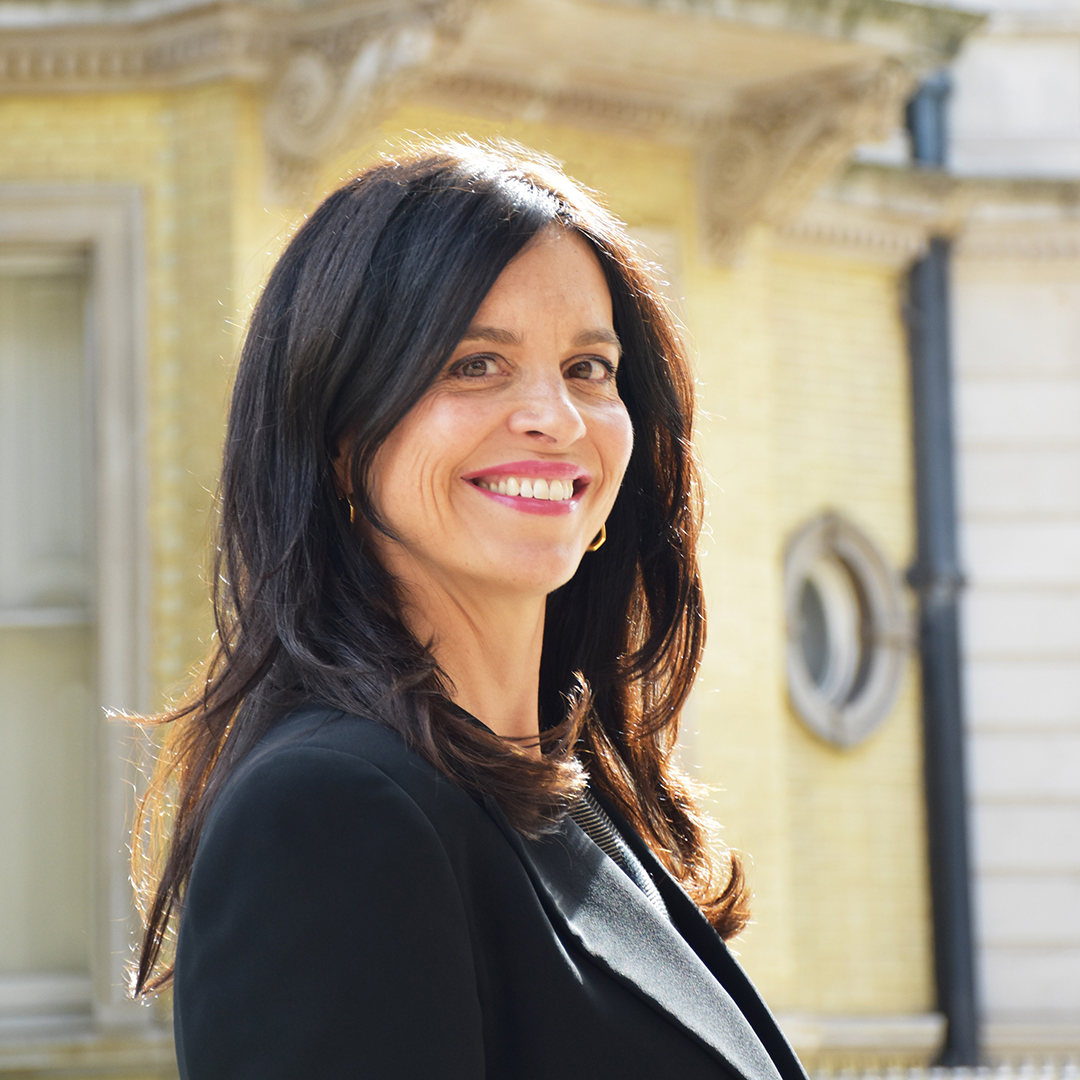
Sixty years later, most are in need of restoration. In July we restored the Leaning Woman by Vogel in Hammersmith. Made of concrete, she floats in the air, leaning into the flow of the traffic on the Great West Road. Her model was refugee art student Jutta Zemke and we met Jutta’s son, Alex Cardew, so we know that his mother leant on a broom and read a book from a music stand.
We are restoring Bull in Wandsworth by Robert Clatworthy, Generations in Maitland Park Estate, Camden by Geoffrey Harris, Striding Man by Oliffe Richmond in Dulwich, and William Mitchell’s two 1960s murals in the entrance to two housing blocks in Lewisham. Next in line is Gulliver, by Trevor Tennant, in Limehouse, which we hope to take on early this year.
